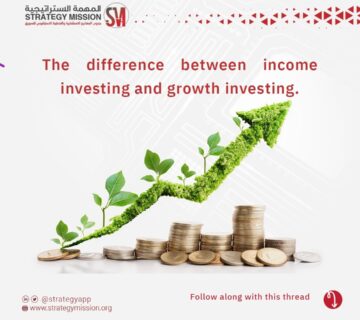What are the most important strategies for ensuring the sustainability of business and industry work?
What strategies and tools can be activated to ensure financial sustainability in charitable associations and foundations?
Sustainability is one of the most important topics of concern to corporate and institutional leaders whether profitability or non-profitability. Together, let us explore a range of strategies and tactics for each area…
To request strategic analysis, governance and rehabilitation services for ISO business sustainability and risk analysis systems, use the following application form:
https://strategymission.org/contact-us-ar/
Sustainability of work in commercial and industrial companies?
1.Development of future strategies:
– Consider in depth future trends and develop long-term plans.
– Using analyses to discover market opportunities and challenges.
- IT and automation:
– Investment in new technology to improve efficiency.
– Automate repeated processes to reduce cost and increase productivity.
- Diversification of sources of supply:
– Development of multiple supplier network to reduce risk.
– Search for sustainable and reliable suppliers.
4.Training and staff development:
– Continuing to update the team’s skills.
– Organizing specialized workshops and training courses.
- Application of the principles of agile production:
– Reduce waste.
– Improve product quality.
– Rapid response to market changes.
6- Innovation and continuous development:
– Promoting a culture of innovation within the company.
– Investment in R&D to improve products.
- Evaluation of performance and periodic audits:
– Identify and constantly monitor key performance indicators (KPIs).
– Periodic evaluations to review objectives and results.
8.Commitment to social and environmental responsibility:
– Application of environmentally friendly production standards.
– Support the community through projects and initiatives.
- Enhancing relationships with customers:
– Hearing comments and observations.
– Develop service strategies to achieve customer satisfaction.
- Risk management:
– Assessment and analysis of potential risks.
– Develop strategic plans to address risks and reduce their impact.





No comment